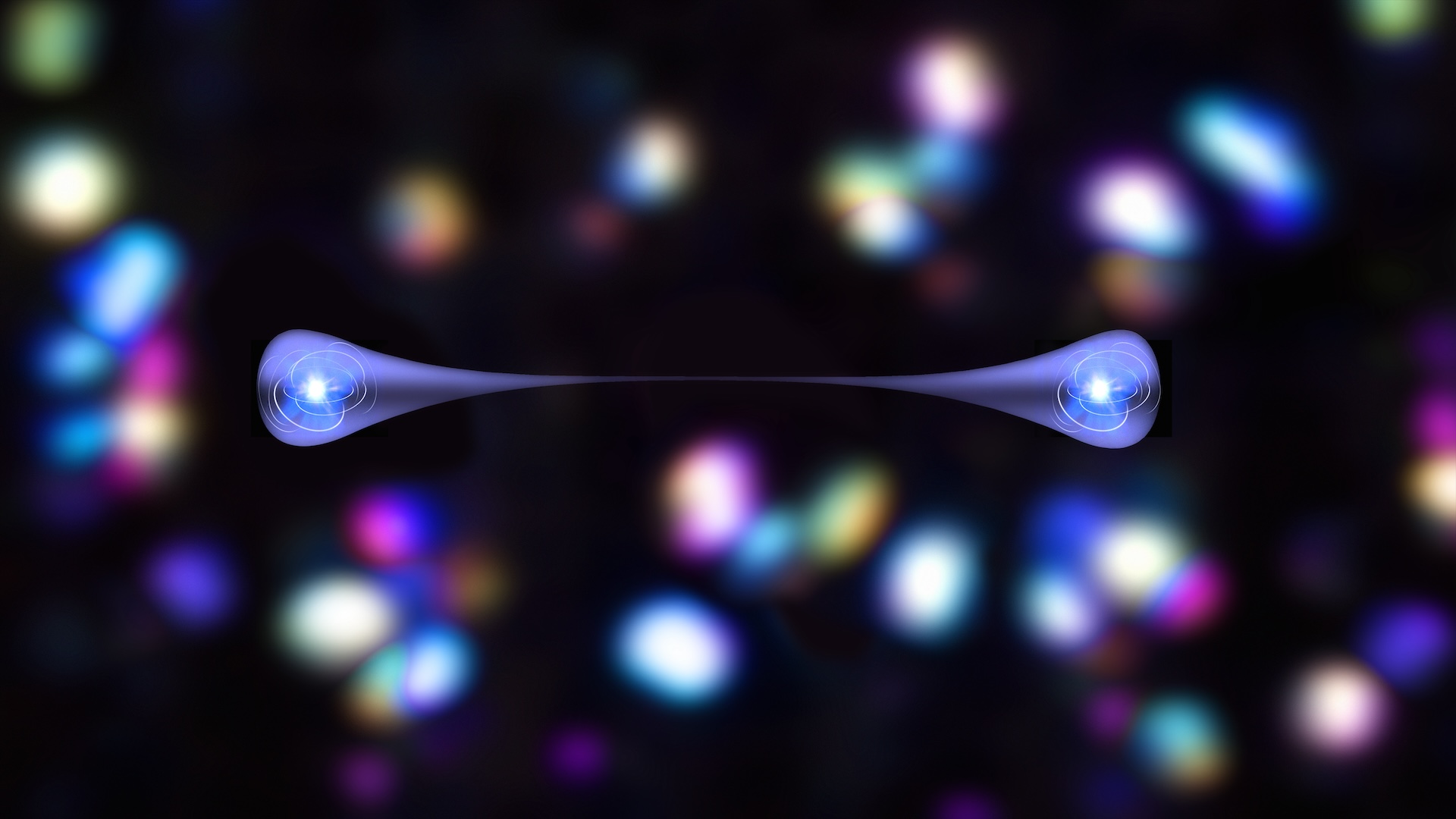Never-before-seen shapes up to 1,300 feet long discovered beneath Antarctic ice
The unusual patterns, found beneath West Antarctica's Doston Ice Shelf, could help scientists to better understand how glaciers erode.

Scientists have discovered never-before-seen patterns beneath a floating ice shelf in Antarctica following an expedition to create the most detailed picture ever of the glacier's underside.
The strange teardrop shapes were discovered below Dotson Ice Shelf in West Antarctica in 2022, when a remotely operated vehicle (ROV) dove 10 miles (17 kilometers) underneath the glacier and traveled more than 600 miles (1,000 km) along the underside of the ice.
The researchers published the findings of the first-of-its-kind survey Wednesday (July 31) in the journal Science Advances.
"In order to understand the ice cycle in Antarctica and how ice gets from the continent into the ocean we need to understand how it melts from beneath, a process that is equally important as calving for moving land ice to the ocean," study lead author Anna Wåhlin, a professor of oceanography at the University of Gothenburg, told Live Science.
Dotson Ice Shelf is a 30-mile-wide (50 km) chunk of floating ice seven times the size of New York City, located on the coast of Marie Byrd Land in West Antarctica. It is part of the West Antarctic ice sheet, which has dramatically calving glaciers that could cause sea levels to rise by approximately 11 feet (3.4 m) if they eventually drive the entire sheet to collapse.
Related: 'We were in disbelief': Antarctica is behaving in a way we've never seen before. Can it recover?
Steady erosion is nibbling away at the fringes of the ice shelf, with warm ocean water infiltrating its undersides and unpinning it from the land, making its eventual collapse inevitable, previous studies showed.
Sign up for the Live Science daily newsletter now
Get the world’s most fascinating discoveries delivered straight to your inbox.
To further investigate the processes threatening the 1,150-foot-thick (350 m) ice shelf, the researchers sent the ROV below the ice to scan the glacier's underside with sonar, building up the most extensive and complete picture of the glacier's underside ever.

Much as the scientists expected, the survey showed that the glacier is melting fastest at the points where underwater currents are eroding its base, and fractures running through the glacier are helping the melt to travel up to the surface.
But, unexpectedly, they also discovered that instead of being smooth, the glacier's base is flecked with teardrop shapes emerging from peaks and valleys in the ice. Some of these shapes are up to 1,300 feet (400 m) long. The researchers believe these weird patterns are created by uneven melting as water moves with Earth's spin across the glacier's underside.
"If you look closely at the shapes they are not symmetrical, they are bent a bit like blue mussels, and the reason for that asymmetry is Earth's rotation," Wåhlin said. "Water moving on Earth is subject to something called the Coriolis force, which is acting to the left of the direction of motion in the Southern Hemisphere. If we are correct, there is a force balance in the layer closest to the ice where friction is balanced by the Coriolis force."
The result is a spiral flow pattern called an Ekman spiral, which is most commonly seen when winds travel over surface water but can also be created by water traveling over ice.
To follow up on the survey, the researchers returned with the ROV in January 2024, but the submersible got lost and disappeared beneath the ice shelf. The team's next goal is to return with a new sub, and continue surveying the uncharted depths beneath.
"It takes a lot of energy to melt ice, so all the ice in Antarctica is like a giant temperature stabilizer and an important part of Earth's climate system," Wåhlin said. "If the Antarctic ice sheet were to end up in the ocean at high rates it can potentially influence sea level rise, so if we learn the upper and lower limits we can also put limits on future sea level rise."

Ben Turner is a U.K. based staff writer at Live Science. He covers physics and astronomy, among other topics like tech and climate change. He graduated from University College London with a degree in particle physics before training as a journalist. When he's not writing, Ben enjoys reading literature, playing the guitar and embarrassing himself with chess.









